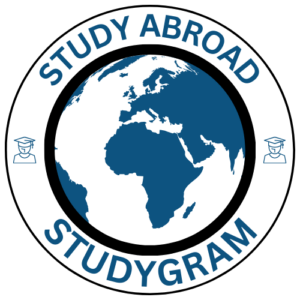
Enhancing Indigenous Healthcare in Australia Through Artificial Intelligence
Access to quality healthcare remains a significant challenge for remote Indigenous communities across Australia. Geographic isolation, limited resources, and cultural considerations often hinder timely diagnosis and treatment. Recognizing these barriers, the University of Notre Dame Australia has pioneered innovative AI-driven solutions designed to bridge this gap and deliver healthcare that is both accessible and effective. This article explores how cutting-edge AI technology, particularly the TeleEye Scan developed by Notre Dame, is transforming Indigenous healthcare outcomes in Australia.
Addressing Health Disparities with Advanced Technology
Indigenous Australians in remote regions face higher rates of preventable conditions such as glaucoma, diabetic retinopathy, and macular degeneration, often going undiagnosed until they reach advanced stages. Traditional healthcare models require patients to travel long distances to specialized clinics, which can be logistically and financially prohibitive. The integration of AI-powered medical devices offers a practical alternative by bringing diagnostic capabilities directly into these communities.
The TeleEye Scan: A Breakthrough in Remote Eye Screening
The University of Notre Dame’s Department of Digital Health and Telemedicine, led by Professor Yogi Yogesan, introduced the TeleEye Scan—an affordable, portable, and TGA-approved imaging device embedded with AI algorithms. This device can instantly screen for eye conditions such as glaucoma, diabetic retinopathy, and age-related macular degeneration with an impressive 95% accuracy rate.
During field evaluations in Western Australia’s Kimberley region, the TeleEye Scan was deployed across Indigenous communities at Muludja and Bawoorrooga near Fitzroy Crossing. The results were noteworthy: approximately 50% of around 60 screened residents had undiagnosed eye conditions, with ten needing urgent treatment to prevent blindness. Such early detections exemplify the importance of accessible screening tools that deliver rapid and reliable results.
Empowering Communities with Culturally Appropriate Care
One of the critical factors behind the success of this technology is its co-designed approach with community involvement. The Foundation for Indigenous Sustainable Health (FISH), alongside TeleMedC Australia and trained community health workers, facilitated the deployment of the TeleEye Scan. This collaborative approach ensured the solution was culturally appropriate, trusted by local residents, and sustainable in the long term.
The community members received training on how to operate the device, allowing local health workers to perform screenings independently between visits, thus integrating AI into regular health checks. This empowerment fosters autonomy and continuity of care, essential for addressing healthcare disparities.
The Broader Impact of AI in Indigenous Healthcare
The successful pilot in Australia demonstrates AI’s potential beyond ophthalmology. From remote diagnostics in infectious diseases to mental health assessments, AI-driven solutions can customize and scale healthcare delivery models to meet diverse needs.
Notre Dame’s TeleEye Scan is now part of an international expansion, being implemented in countries like India, Singapore, and Germany. Its portability, ease of use, and high diagnostic accuracy make it an exemplary model of technology suited for low-resource settings worldwide.
Policy and Funding Support for AI Healthcare Innovations
Support from government bodies, such as the Australian Department of Industry, Science and Innovation, has been instrumental in funding projects like the TeleEye initiative. These collaborations exemplify how strategic investments in AI can lead to tangible health outcomes, especially among vulnerable populations.
Steps Toward Widespread Adoption and Future Prospects
To replicate and amplify this success, several steps are crucial:
- Community Engagement: Continuous involvement ensures solutions remain culturally relevant and trusted.
- Training and Capacity Building: Empowering local health workers with technological skills promotes sustainability.
- Policy Support: Governments should fund and incentivize innovative health tech deployment in remote areas.
- International Collaboration: sharing data, experiences, and technology across borders accelerates health innovation globally.
By integrating AI with local healthcare strategies, Australia is setting a precedent in reducing health inequalities and improving quality of life for Indigenous populations.
Learn More About the University of Notre Dame Australia
Looking to pursue your studies in Australia? The University of Notre Dame Australia offers a wide range of academic programs. Fill out the form to get personalized guidance from an expert counselor. You’ll receive help with choosing the right program, understanding entry requirements, and completing your application, setting the stage for a successful journey at Notre Dame Australia.


